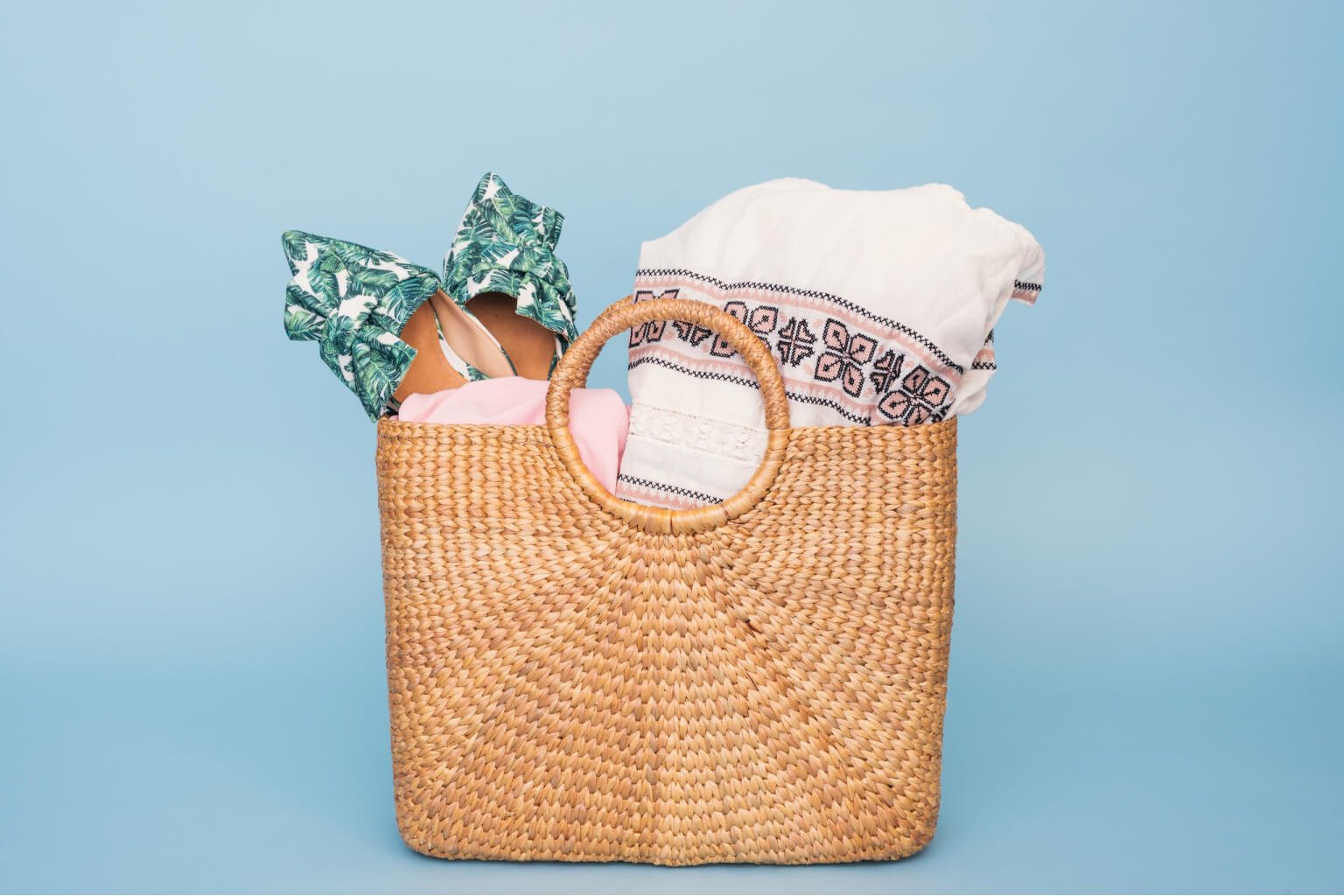How to Choose the Perfect Hiking Boots
Choosing the proper hiking boots can make or break your outdoor adventure. Whether embarking on a short-day hike or a multi-day trek, having comfortable, durable, and supportive footwear is crucial. At Bornfidis, we believe proper gear is the foundation of a successful adventure, and your boots are at the core of it all. In this post, we’ll guide you through everything you need to know to select the perfect hiking boots for your next trip.
1. Consider the Terrain
The type of terrain you’ll be hiking on plays a significant role in determining the best boot for your needs. Consider the following:
- Light Terrain/Day Hikes: Lightweight hiking shoes or trail runners may suffice for relatively flat, smooth trails. They offer flexibility and comfort without the bulk.
- Rugged Terrain: You’ll need more ankle support and protection for rocky, uneven paths. Opt for mid-cut or high-cut boots that provide extra stability.
- Wet or Snowy Conditions: If you’re hiking in rain, snow, or wet environments, look for boots with waterproof membranes (such as Gore-Tex) and rugged soles with deep lugs for traction.
Bornfidis Recommendation: Our upcoming Bornfidis All-Terrain Hiking Boots are designed to handle various terrains, offering the perfect balance of support and durability for rugged adventures.
2. Material Matters
The materials used in hiking boots determine their durability, weight, and water resistance. Here’s what to look for:
- Leather: Full-grain leather boots are durable and water-resistant, perfect for long hikes and rugged terrain. They take longer to break in but last for years.
- Synthetic Materials: Boots made from synthetics (nylon or polyester) are lightweight and breathable, but they may not last as long as leather.
- Waterproofing: If hiking in wet conditions, choose boots with a waterproof membrane like Gore-Tex. However, waterproof boots may be less breathable.
Bornfidis Insight: Our Bornfidis Waterproof Boots use eco-friendly materials and performance technology to keep your feet dry without compromising comfort.
3. Fit and Comfort
Fit is the most crucial factor when choosing hiking boots. A poorly fitted boot can cause blisters, discomfort, and fatigue. Here are some tips for finding the right fit:
- Toe Room: Your toes should have enough space to wiggle, especially when going downhill. Look for about half an inch of space at the front.
- Snug Heel: Your heel should feel snug and secure to prevent rubbing and blisters.
- Try with Hiking Socks: Always try boots on with the type of socks you’ll be wearing on the trail—thicker hiking socks provide more cushioning and can affect fit.
Pro Tip: When trying on boots, walk around an incline or stairs to see how your feet feel going up and down.
4. Weight vs. Support
Consider the weight of the boots. While lightweight boots are ideal for speed and comfort, they may not offer enough support for longer hikes or rough terrain. Heavy-duty boots provide maximum support and durability but can slow you down on easy trails.
- Lightweight Boots are great for short hikes or well-maintained trails. They’re easy on your feet but may not hold up on challenging terrain.
- Heavy-Duty Boots: Ideal for multi-day hikes with a heavy pack, these boots offer more support and protection but can feel bulkier.
5. Sole and Traction
The soles of your boots provide grip and stability on uneven terrain. A good hiking boot should have deep lugs for traction and a durable rubber outsole to handle slippery or rocky surfaces. Look for the following:
- Vibram Soles: Known for their excellent traction and durability.
- Multi-Directional Lugs: Offer better grip on wet and uneven ground.
- Shank and Plate: These features give extra support and protect your feet from sharp objects on the trail.
6. Break Them In
Before hitting the trail, make sure to break in your hiking boots. Wear them around the house, on short walks, or during easy hikes to allow the material to soften and mold your feet. Breaking in your boots will reduce the risk of blisters and discomfort during your hike.
Pro Tip: It’s best to break in your boots with the socks and insoles you’ll use during your hike.
Bornfidis Gear for Every Adventure
At Bornfidis, we understand the importance of quality gear. Our hiking boots and outdoor apparel collection is designed to keep you comfortable, protected, and ready for any adventure. Whether you’re looking for lightweight shoes for a day hike or durable boots for rugged terrain, we’ve got you covered.
Explore our full range of outdoor gear here and confidently prepare for your next adventure.

